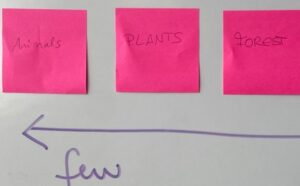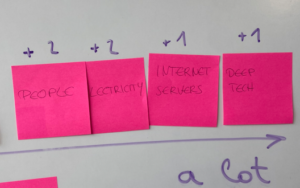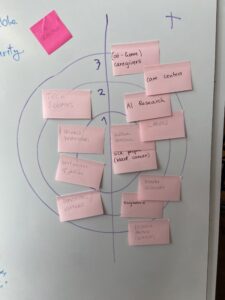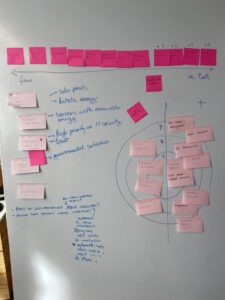Hello dear CBI A3 Community!
Over the past few weeks, we’ve been learning about new design systems and approaches each week to further refine our design idea. Today we want to talk about planet-centered design.
In today’s world, it is more important than ever to take a planet-centric approach to design. As we face environmental issues such as climate change and resource depletion, it is essential to consider the impact of our design on the planet.
In our student project, we recognize the importance of incorporating sustainable principles and practices to avoide negative impacts on the environment. By applying planet-centric design we aim to create a project that is not only aesthetically pleasing but also environmentally responsible.
So, what exactly is planet-centric design? At its core, planet-centric design is an approach that places the health and well-being of the planet at the center of the design process. It considers the environmental impact of every decision we make, from the materials we use to the energy we consume.
So the question is, how can we apply these planet-centric principles to our project? During a team ideation session, we mapped out a way to identify what resources we need and to what extent for our device. On a scale, resources such as electricity, internet servers, deep technology, and precious metals were marked as “much needed.” On the other hand, we tried to consider other environmental impacts, such as forests, animals, plants, or land whose resources we are unlikely to use.



After creating this priority list of resources, we mapped our stakeholders into an onion model and tried to define them as precisely as possible.

We then discussed a series of “How might we…?” questions that we received from our sibling team at Inno.Space, Palu.Disa. The thought process that went into this ideation session is shown in the figure below:


Recent Comments